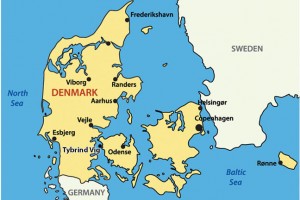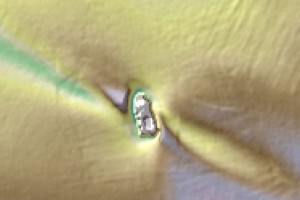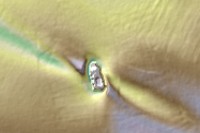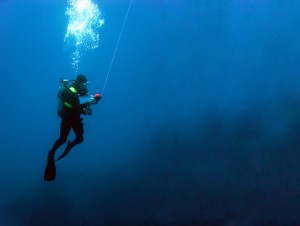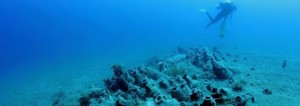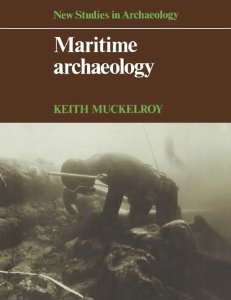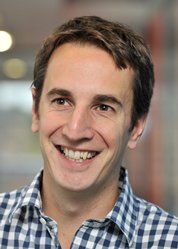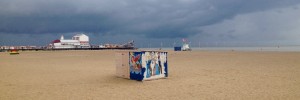
Engaging people with maritime archaeology across the globe
We are now just about ready to press go on the next run of the shipwrecks course. This will be the third time we have run the programme, and it seems like an appropriate time to reflect on what we’ve learnt, what we hope to achieve in this next run and … to get feedback on what people think might be good to do next.
First, some numbers.
Continue reading →

